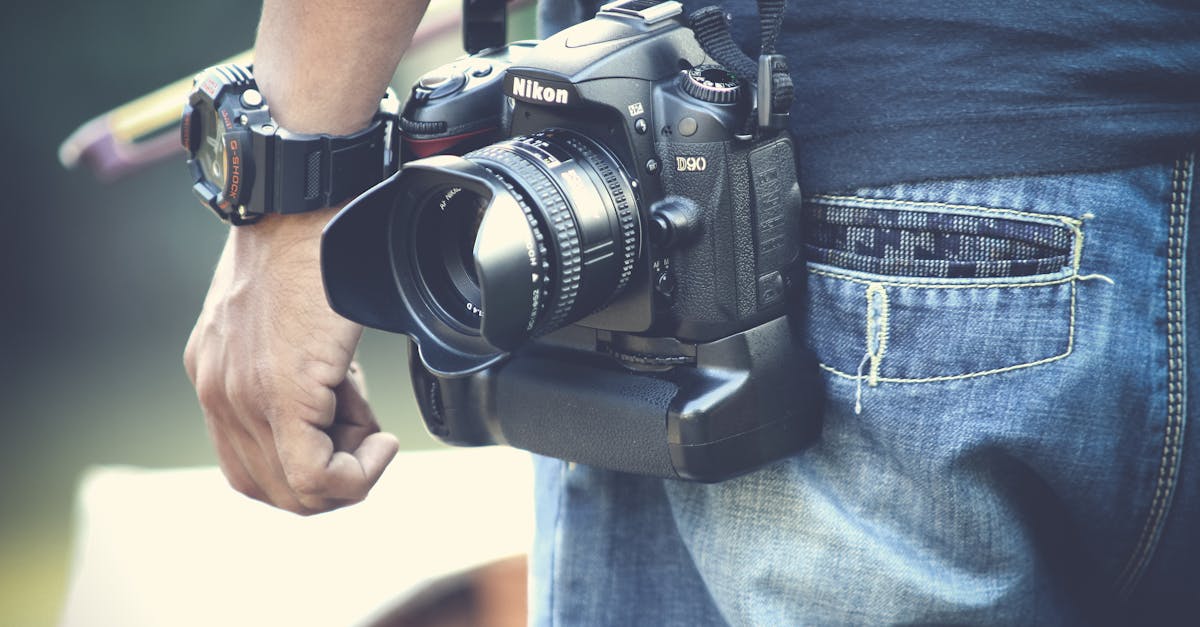How Does iPhone Camera Compare to DSLR for Professional Photographers?
The ever-advancing technology of smartphone cameras, particularly the iPhone, has sparked an ongoing debate within the photography community: how does iPhone camera compare to dslr? Many professional photographers are curious about whether the impressive specs and features of the latest iPhone cameras can truly measure up to the capabilities of traditional DSLRs. In this article, we will delve deep into this comparison, examining various aspects such as image quality, versatility, user experience, and cost-effectiveness.

Image Quality: The Core of the Comparison
Sensor Size and Megapixels
One of the primary differences between iPhone cameras and DSLR cameras is the sensor size. DSLRs typically feature much larger sensors than those found in iPhones. Larger sensors allow for greater light capture and better low-light performance, resulting in superior image quality. While the iPhone has made strides with its computational photography to enhance image quality, it still can't fully compensate for the physical limitations of a smaller sensor. This aspect becomes crucial in challenging lighting conditions where a DSLR's larger sensor will naturally outperform.
Lens and Focal Length
Another critical factor to consider is the lens system. DSLRs offer interchangeable lenses that provide a vast range of focal lengths, apertures, and optical qualities. This flexibility allows photographers to select the perfect lens for any given scenario, whether it be a wide-angle for landscapes or a macro lens for close-up shots. In contrast, iPhones, despite having multiple built-in lenses, cannot match the creative versatility afforded by a DSLR's interchangeable lens system.
:max_bytes(150000):strip_icc()/DSLR-camera-56e0b8ee5f9b5854a9f865ca.jpg)
Versatility and Creative Control
Shooting Modes and Manual Controls
When it comes to manual controls and shooting modes, DSLRs clearly have the upper hand. They offer extensive manual settings such as aperture, shutter speed, ISO, and focus, allowing photographers to fine-tune their shots to achieve the desired artistic effect. On the other hand, iPhones offer limited manual control through apps, but they are primarily designed for automatic shooting modes, which can restrict creative freedom for professional photographers.
Specialized Features and Accessories
DSLRs also accommodate an array of specialized features and accessories, including external flashes, battery grips, and remote triggers. These additions can significantly enhance the photography experience, offering more creative possibilities. While iPhones have some accessories available, such as clip-on lenses and external flashes, they still can't compete with the extensive ecosystem of add-ons available for DSLRs.

User Experience and Practicality
Portability and Convenience
One of the biggest advantages of iPhone cameras is their portability. The slim, lightweight design of the iPhone makes it easy to carry around, making spontaneous photography more feasible. Conversely, DSLRs can be bulky and heavy, especially when carrying multiple lenses. This difference means iPhones can be more practical for quick, on-the-go shots, whereas DSLRs might be reserved for planned shoots where equipment and setup time are not an issue.
User Interface and Learning Curve
For those new to photography, the user interface of an iPhone is generally more intuitive and user-friendly than that of a DSLR. The touchscreen controls and simplified settings make it accessible to beginners. In contrast, mastering a DSLR requires a steeper learning curve due to its complex functionalities and plethora of buttons and dials. However, for seasoned professionals who have already overcome this learning curve, the depth of control offered by a DSLR is an invaluable asset.

Cost-Effectiveness
Initial Purchase and Maintenance Costs
The cost is always a significant factor when choosing between an iPhone and a DSLR. High-end iPhones can be just as expensive as entry-level DSLRs. However, DSLRs often require additional investments in lenses and accessories, which can add up. On the other hand, once you purchase an iPhone, you get an all-in-one device capable of taking high-quality photographs without the need for extra investments in gear.
Longevity and Upgrade Cycle
DSLs have a longer lifespan than iPhones, which are typically subjected to an annual upgrade cycle. A well-maintained DSLR can last for many years, and even if camera bodies become outdated, lenses and accessories usually remain compatible with newer models. iPhones, however, quickly become obsolete as new models are released, requiring frequent upgrades to keep up with the latest technology.
Key Considerations for Professionals
The Suitability for Different Photography Styles
Different styles of photography may have different requirements, which can influence whether an iPhone or DSLR is more suitable. For instance, landscape and wildlife photographers who need long battery life, robust bodies, and versatile lenses might find DSLRs more fitting. Conversely, street photographers who value discreet and instant capturing might lean towards iPhones. Its essential to consider the primary use cases before making a decision.
Post-Processing and File Formats
A significant aspect of professional photography is post-processing. DSLRs typically shoot in RAW format, which provides greater flexibility and quality for editing. While iPhones also offer RAW shooting capabilities, the quality and depth of the images may not match those from a DSLR. Advanced post-processing in software like Adobe Lightroom or Photoshop benefits significantly from the intricate details captured by DSLR cameras.
Future-Proofing Your Investment
With the rapid evolution of technology, its essential to consider how future-proof your investment in a camera system is. DSLRs have a proven track record and offer backward compatibility with many lenses and accessories. On the other hand, the rapidly advancing iPhone cameras could suggest frequent upgrades. Balancing immediate needs and long-term investment is crucial for professional photographers.
Faq Section
Q1: Can iPhone cameras replace DSLRs for professional work?
iPhones have made impressive advancements, but DSLRs still offer superior image quality, versatility, and creative control, making them a preferred choice for many professional photographers.
Q2: Are there any scenarios where iPhones outperform DSLRs?
iPhones excel in portability and quick on-the-go shots. They are more convenient for casual, spontaneous photography and offer user-friendly interfaces for beginners.
Q3: How significant is post-processing in comparing iPhones and DSLRs?
Post-processing is crucial in professional photography. DSLRs RAW files provide greater flexibility and higher quality for editing, a critical factor for professionals.
As an Amazon Associate, I earn from qualifying purchases.

